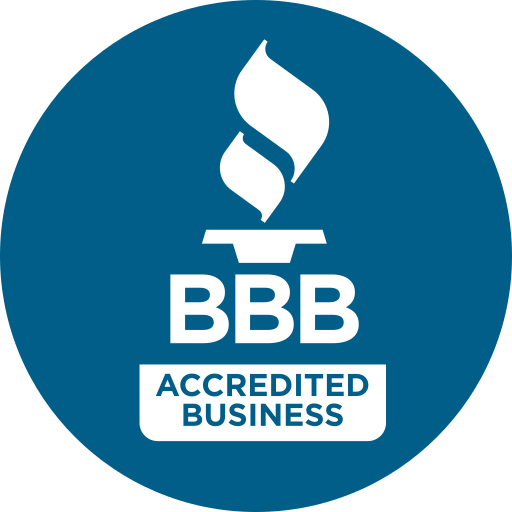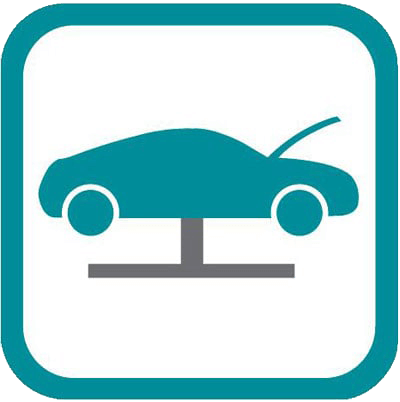Are Your Tires Ready For Winter?
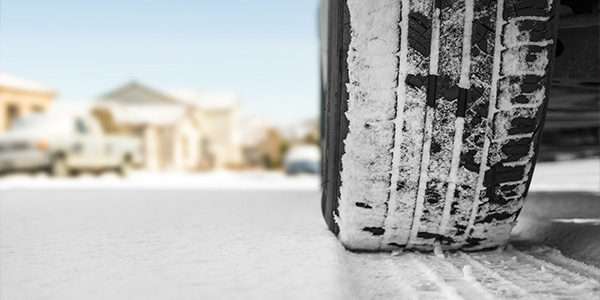
With the winter season upon us, it is inevitable we will soon be dealing with colder temperatures, snow, and ice. Properly maintained tires are vital…
How to Maximize Fuel Economy
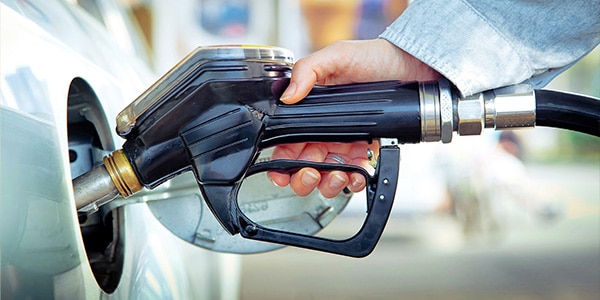
Improving fuel economy is a matter of changing your driving habits. The benefits range from environmental to personal and financial. Here are some easy and effective tips…
Avoid Getting Stranded!
What to do if… …Your car won’t start There are several possible reasons your car may not start, such as corroded cables or a light left on. • If your car makes a clicking noise when you turn your key in the ignition – This type of sound usually indicates a dead battery. Have the […]
Find an Automotive Brake Specialist in Your Area
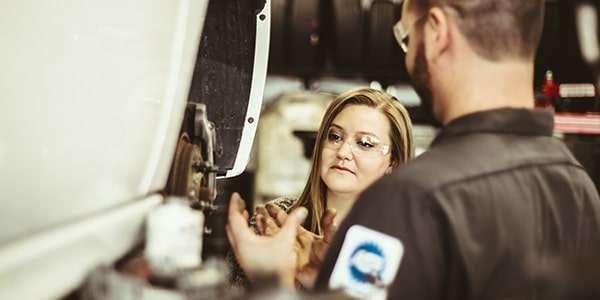
Most brake specialists recommend biannual brake inspections. Why so often? Because brakes experience a lot of wear. No one ever said stopping a moving vehicle…
“Rattle Rattle Thunder Clatter” – Sounds Your Car Is Making and What to Do About Them
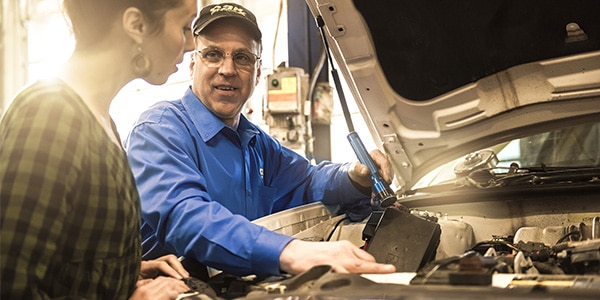
Most of us have experienced a curious sound coming from our vehicle. It is always a little nerve-racking, as some sounds can be indicators…
Extend the Life of your Used Vehicle
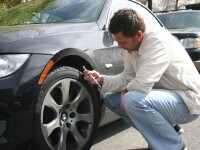
As the prices rise for a new car, more people are opting to buy used rather than new. If you are among the population that currently drives a used car, you know how important maintaining you car can be. The below tips will help make your used car last longer. • Drive carefully – This […]
Car Engine Maintenance Tips
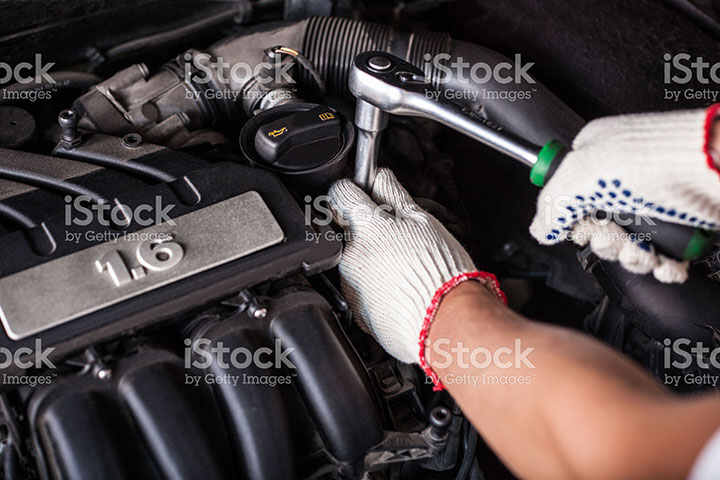
Tips for Car Engine Maintenance The engine is the heart of your vehicle. Keep it beating strong with these essential care tips. Don’t Ignore the Basics A car engine is a complex machine made of hundreds of high-temperature moving parts. While modern engines are built to be tough, they still require regular attention to perform […]
How to Change a Tire
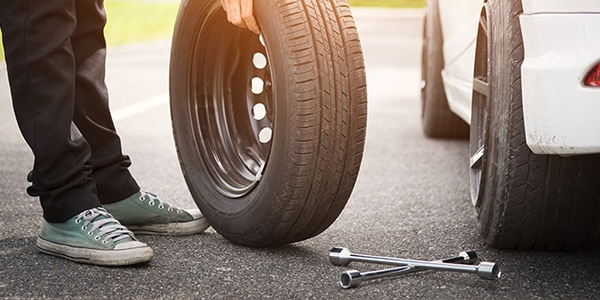
It is likely at some point in your life you will get a flat tire. Do you know what to do without having to…
Why Are Oil Changes Important?
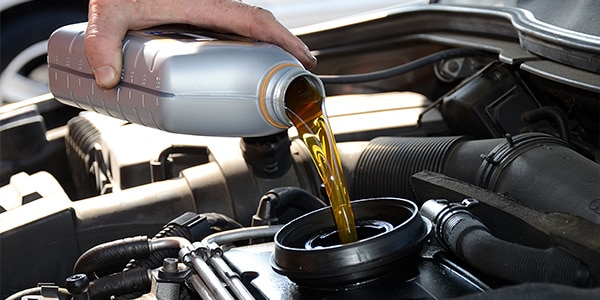
Why Are Oil Changes Important? The single most critical maintenance task for protecting your engine’s longevity. The Lifeblood of Your Vehicle It’s easy to delay an oil change when life gets busy, but motor oil is arguably the most essential fluid in your vehicle. It serves three primary functions that keep your engine running smoothly: […]
What To Do If Your “Check Engine” Light Turns On
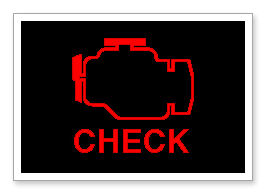
We all know how pesky the Check Engine light on your dashboard can be. It is inconvenient and troublesome to take your car in to get this checked. There are a few common triggers for the Check Engine light that all drivers should be aware of. Check Engine lights can be complicated to repair – […]
